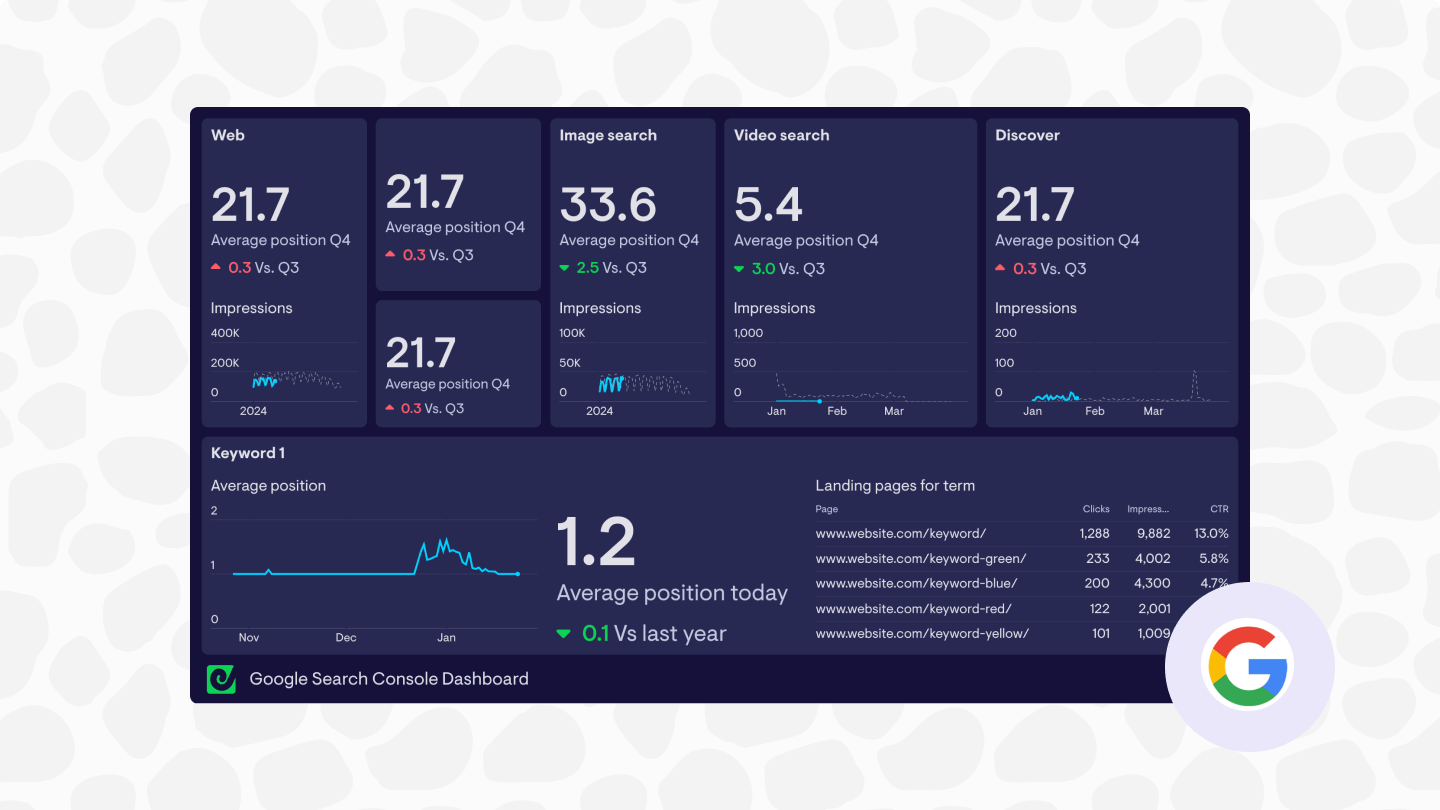Google Veo: Complete Buyer's Guide
Physics-based video generation platform
Google Veo represents Google's strategic entry into the competitive AI video generation market, leveraging the company's infrastructure capabilities and ecosystem integration to address the growing demand for AI-powered video creation tools. As organizations report that 91% now use video marketing [13], Google Veo positions itself as a physics-based video generation platform that combines realistic motion simulation with native audio synchronization.
Market Position & Maturity
Market Standing
Google Veo enters the AI video generation market as a strategic extension of Google's broader AI infrastructure, leveraging the company's established cloud computing capabilities and workspace integration ecosystem.
Company Maturity
Company maturity indicators reflect Google's substantial operational scale and infrastructure stability, providing buyer confidence in long-term platform availability and continued development investment.
Growth Trajectory
The platform enters a market projected to expand from $614.8 million in 2024 to $2,562.9 million by 2032 [52].
Industry Recognition
Industry recognition stems primarily from Google's broader AI capabilities and infrastructure reputation rather than specific awards or certifications for Veo itself.
Strategic Partnerships
Strategic partnerships leverage Google's existing enterprise relationships and cloud infrastructure partnerships, providing distribution advantages and integration capabilities that smaller competitors cannot match.
Longevity Assessment
Google's substantial operational scale and infrastructure stability provide buyer confidence in long-term platform availability and continued development investment.
Proof of Capabilities
Quantified Outcomes
Performance validation includes generation of 1080p resolution videos exceeding 60 seconds in duration [48][53].
Market Validation
Market validation includes competitive positioning against established platforms like Synthesia and Runway, though specific customer adoption metrics and retention rates remain limited in available research.
AI Technology
Google Veo's technical foundation centers on physics-based video simulation combined with native audio generation [39][44].
Architecture
The platform's core AI architecture interprets complex cinematic language, enabling users to describe sophisticated camera movements and visual effects using natural language descriptions like "timelapse," "aerial shot," or "close-up" [48][53].
Primary Competitors
Established players like Synthesia and emerging competitors like Runway Gen-3.
Competitive Advantages
Google's infrastructure capabilities and ecosystem integration provide significant strategic advantages.
Market Positioning
Google Veo competes in the AI video generation market through ecosystem integration strategy rather than standalone feature superiority.
Win/Loss Scenarios
Win scenarios favor organizations already committed to Google ecosystem with moderate customization needs and budget capacity for usage-based pricing [40][49][56]. Loss scenarios include teams requiring extensive brand customization, cost optimization, or higher resolution output than Veo's current capabilities [54][55][17].
Key Features

Pros & Cons
Use Cases
Integrations
Pricing
Featured In Articles
Comprehensive analysis of AI Video Generators for AI Design for AI Design professionals. Expert evaluation of features, pricing, and implementation.
How We Researched This Guide
About This Guide: This comprehensive analysis is based on extensive competitive intelligence and real-world implementation data from leading AI vendors. StayModern updates this guide quarterly to reflect market developments and vendor performance changes.
58+ verified sources per analysis including official documentation, customer reviews, analyst reports, and industry publications.
- • Vendor documentation & whitepapers
- • Customer testimonials & case studies
- • Third-party analyst assessments
- • Industry benchmarking reports
Standardized assessment framework across 8 key dimensions for objective comparison.
- • Technology capabilities & architecture
- • Market position & customer evidence
- • Implementation experience & support
- • Pricing value & competitive position
Research is refreshed every 90 days to capture market changes and new vendor capabilities.
- • New product releases & features
- • Market positioning changes
- • Customer feedback integration
- • Competitive landscape shifts
Every claim is source-linked with direct citations to original materials for verification.
- • Clickable citation links
- • Original source attribution
- • Date stamps for currency
- • Quality score validation
Analysis follows systematic research protocols with consistent evaluation frameworks.
- • Standardized assessment criteria
- • Multi-source verification process
- • Consistent evaluation methodology
- • Quality assurance protocols
Buyer-focused analysis with transparent methodology and factual accuracy commitment.
- • Objective comparative analysis
- • Transparent research methodology
- • Factual accuracy commitment
- • Continuous quality improvement
Quality Commitment: If you find any inaccuracies in our analysis on this page, please contact us at research@staymodern.ai. We're committed to maintaining the highest standards of research integrity and will investigate and correct any issues promptly.